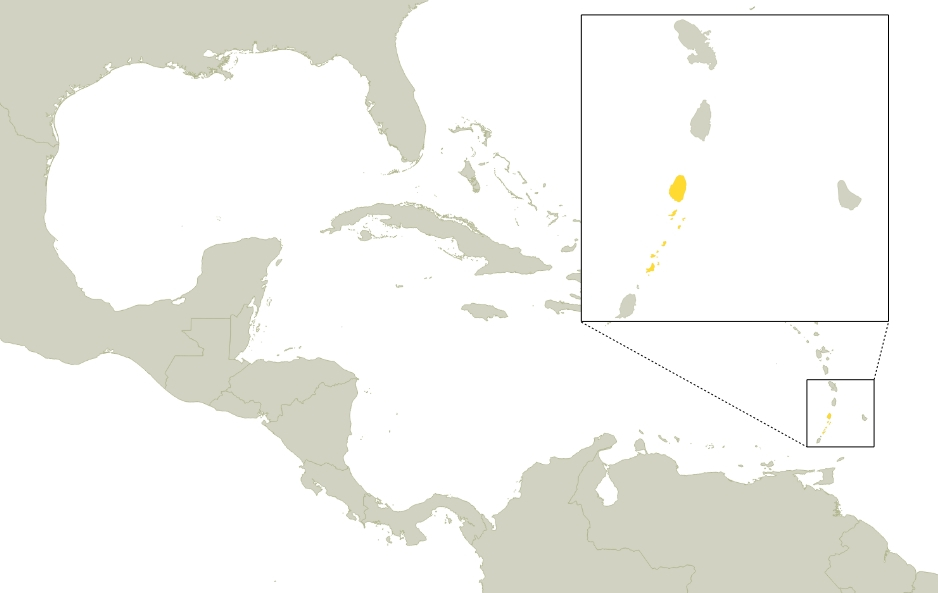Located north of Trinidad Tobago, St. Vincent and Grenadines is a volcanic and mountainous island nation. As of July 2016, the country has a population of 102,350 people. Production of banana and tourism are the two economic activities that employ most in the islands population. The shortcoming is that their economy is especially vulnerable to the weather with tourism and crops being heavily impacted by natural disasters such as tropical storms, floods, and mudslides.
According to the CIA, 25,587 people, approximanetly ¼ of the population, has no access to electricity. The cost of electricity in the country is $0.26 per kilowatt-hour (kWh), below the regional average according to NREL. The State owned utility company, St. Vincent Electricity Services Ltd (VINLEC), is responsible for energy production and distribution in the islands of Bequia, Union Island, Canouan, and Mayreau. Other islands use privately owned diesel plants. Hydroelectric sources were responsible of 22% of the electricity production in the country in 2011, while petroleum was responsible for 78% of the power supply.
The government of St. Vincent and Grenadines has already approved both the National Energy Policy (2009) and the National Energy Action Plan (2010), which represents significant institutional progress towards its goal of reaching the 60% of renewable mark by 2020. A fiscal policy to incentivize fluorescent lightbulbs over incandescent lightbulb producers was put into practice through different taxation regimes.
As stated by GTZ and the German Ministry for Economic Cooperation and Development, “In June 2008, the [St. Vincent and Grenadines] Government agreed to build a 6 to 8 MW wind farm and by the end of the year the decision was to install it at Ribishi Point, southern St. Vincent Island. The wind park is expected to produce 12,410 MWh per year at an average wind speed of 8.4 m/s, at 55 m. height. The estimated investment cost of the project is about 4.9 million € and the estimated specific generation cost is 0.05 €/kWh.” However, the project was later downscaled to 3 MW, according to NREL.
The island also has a “14 grid-connected photovoltaic (PV) systems with a total installed capacity of about 300 kilowatts (kW).” Previous studies pointed that topography could be a barrier for the development of geothermal plants, despite the islands’ strong geothermal potential.

